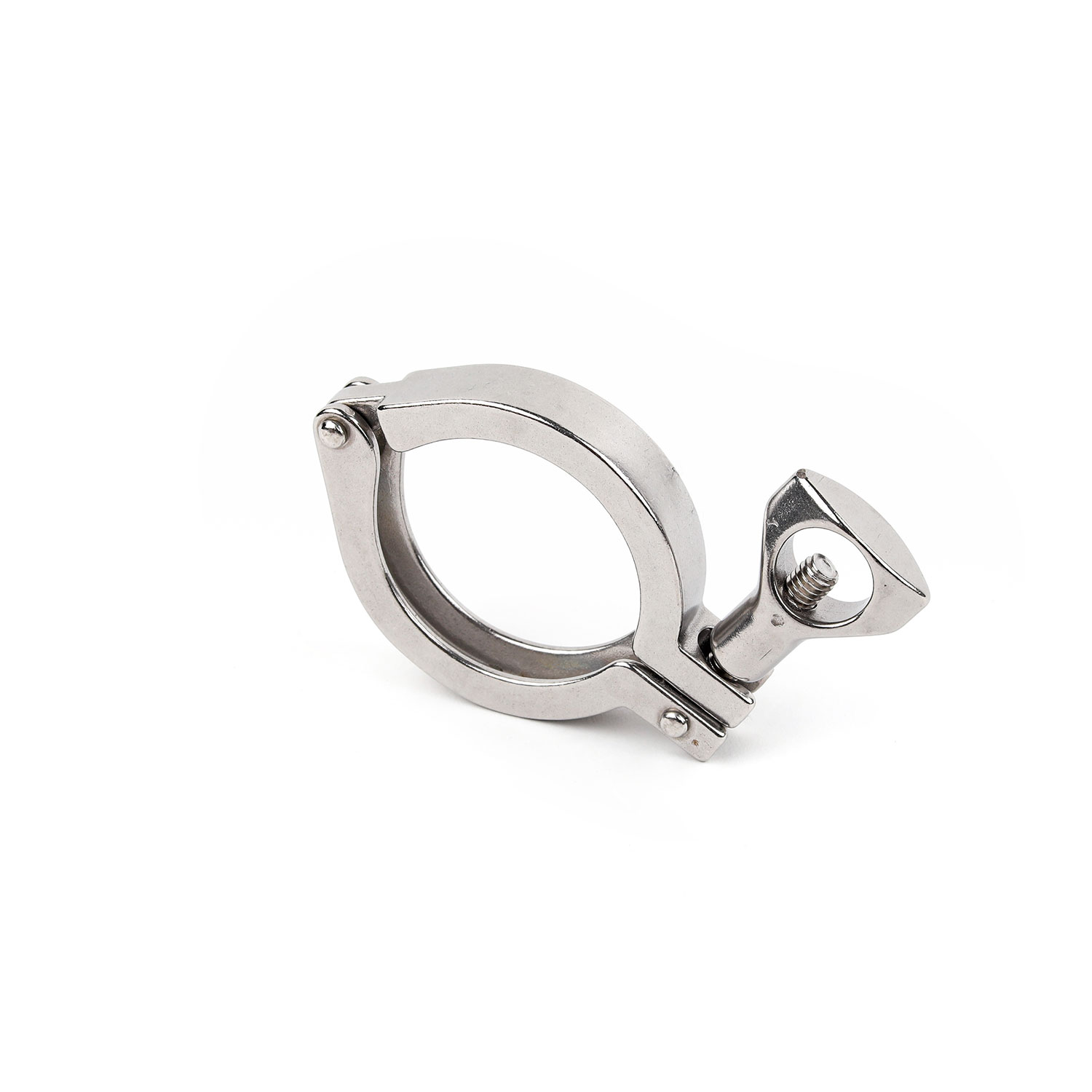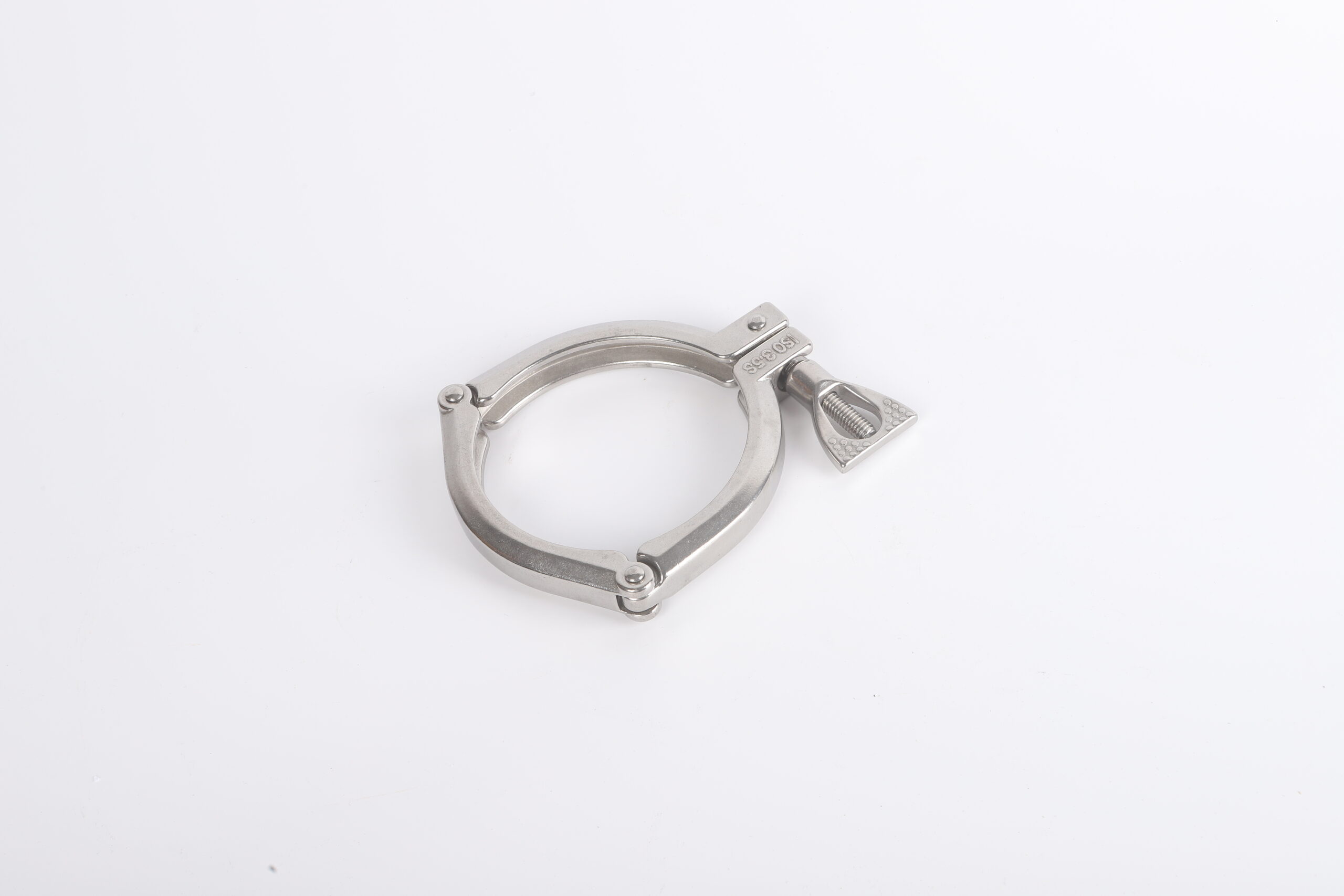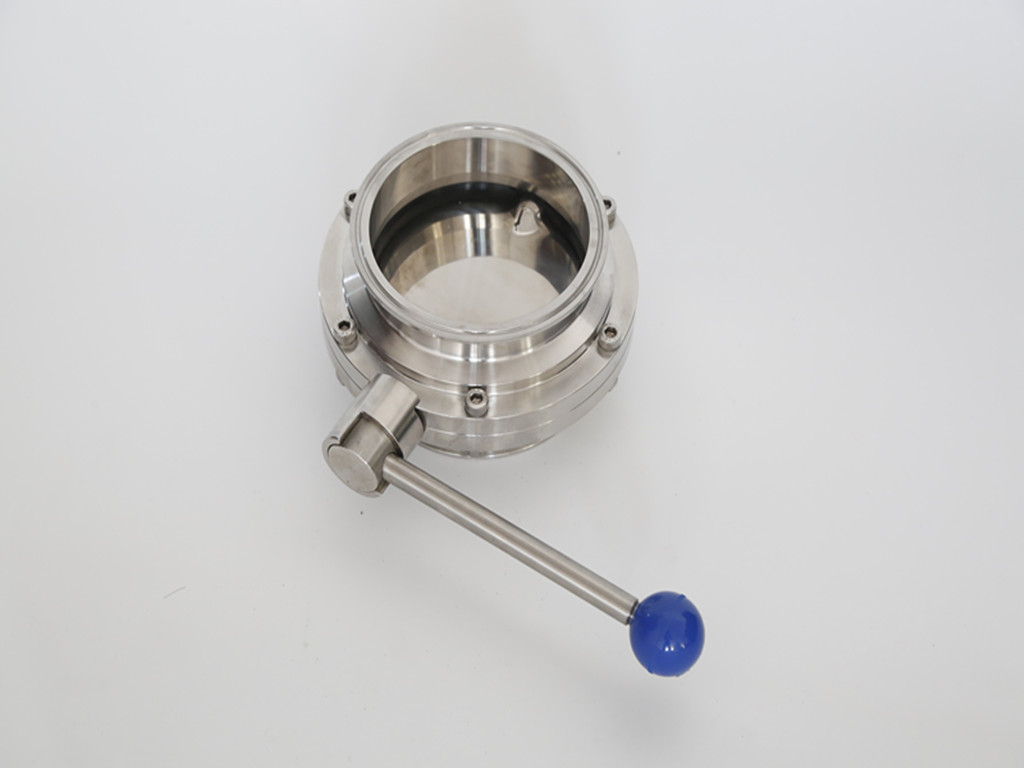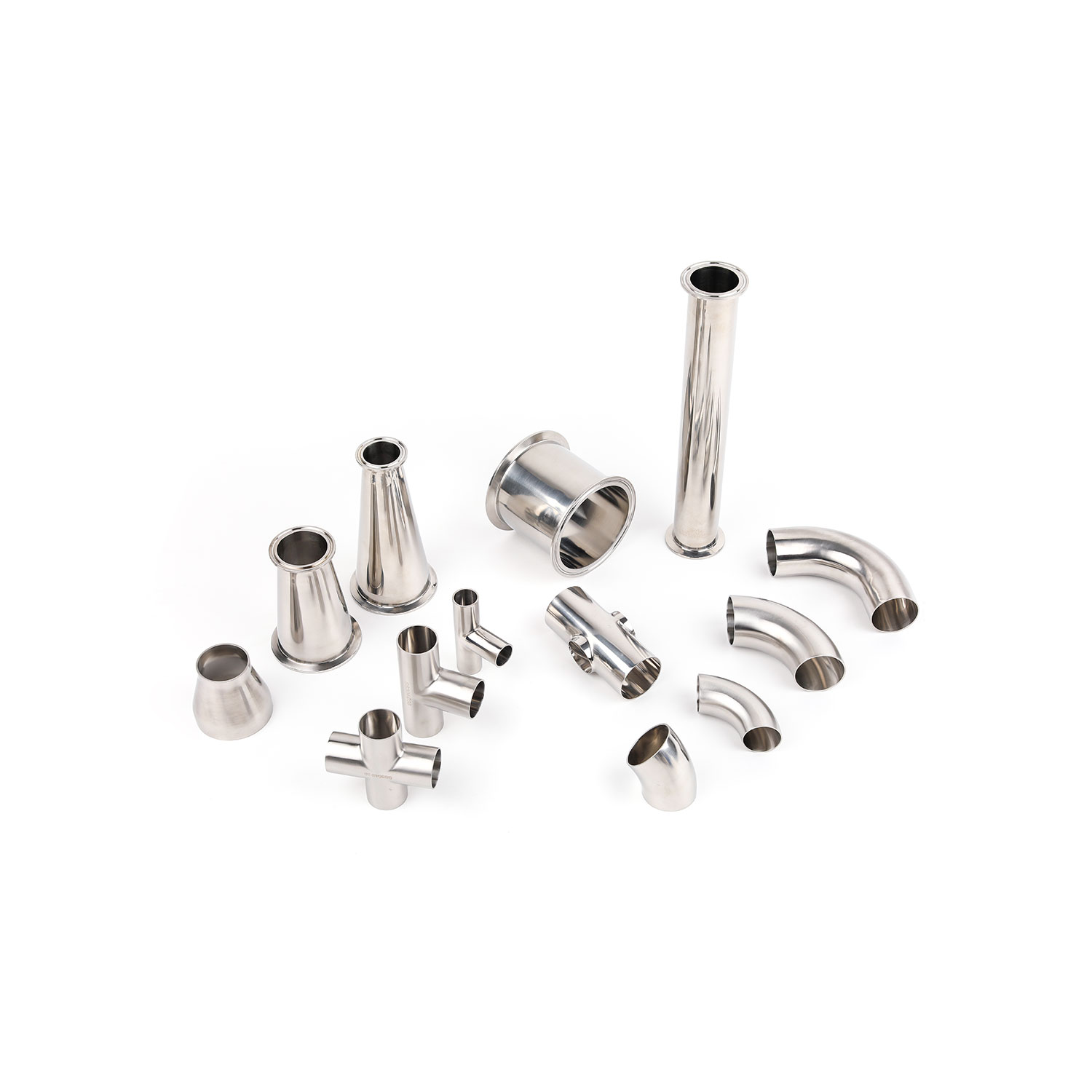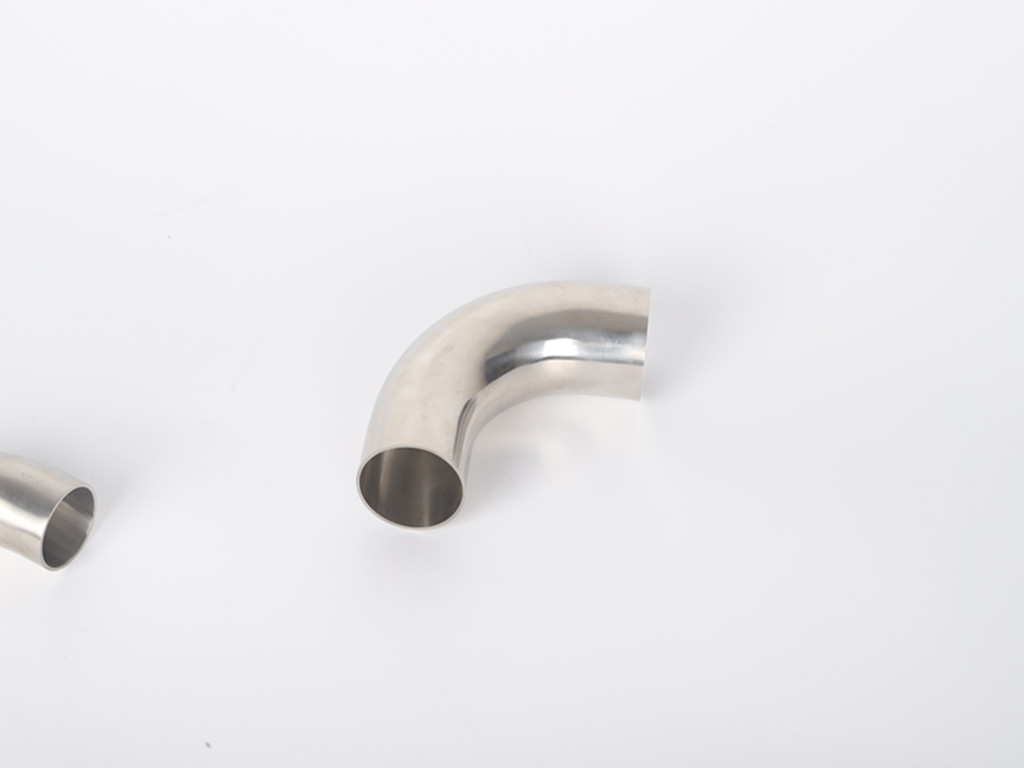In industries with extremely high hygiene requirements such as food, pharmaceuticals, and bioengineering, sanitary clamps are indispensable components in pipeline connections. They not only need to ensure the tightness and stability of the pipeline system but also meet strict hygiene standards. This article will provide you with a detailed introduction on how to select suitable sanitary clamps.
Basic characteristics of sanitary clamps
Definition and Composition
Sanitary clamps are connection components in sanitary pipeline systems, consisting of the clamp body, sealing ring, and flat joint. The design focuses on sealing and hygiene. They enable quick connection and disassembly of pipelines through bolt tightening and are used in industries such as food and pharmaceuticals. The surface is finely polished to prevent the growth of microorganisms and the accumulation of dirt, ensuring the cleanliness of the pipeline.
Material Selection
The material significantly influences the performance of sanitary clamps. Stainless steels such as 304 and 316L are commonly used. 316L stainless steel, with its excellent corrosion resistance and intergranular corrosion resistance, is widely applied in industries with stringent hygiene requirements. Stainless steel exhibits good mechanical properties. A dense oxide film forms on its surface, protecting against corrosion and contamination, thus ensuring the long – term stable operation of the system.
Connection Method
The connection is simple and convenient. Bolts are used to tightly connect and seal the two ends of the pipelines. It is easy to install and disassemble, which is beneficial for pipeline cleaning, maintenance, and component replacement. It has excellent sealing performance, preventing liquid or gas leakage and ensuring safe operation. It is suitable for low – pressure environments. In high – pressure or high – temperature environments, heavy – duty or specially designed clamps may be required.
Key factors in selecting clamps
Pipe Diameter
When choosing a sanitary clamp, it is necessary to first determine the outer diameter of the pipe. Ensure that the size of the clamp matches the pipe diameter. Otherwise, it may lead to loose connections and poor sealing, affecting the operation of the system.
Working Pressure and Temperature
Working pressure and temperature are crucial factors. Clamps with different designs and materials have varying tolerance ranges. Ordinary clamps are suitable for low – pressure applications, while heavy – duty clamps can withstand higher pressures. At high temperatures, the temperature – resistant properties of the clamp material and the sealing ring are of great significance. If they do not meet the standards, leakage may occur.
Hygiene Standards
In the food and pharmaceutical industries, clamps must comply with hygiene standards such as FDA and 3A. These standards have clear requirements for material, surface treatment, and sealing performance to ensure that products are not contaminated.
Sealing Performance
Sealing performance is a crucial indicator for measuring the quality of clamps. It depends on the structural design and the quality of the sealing ring. High – quality sealing rings have good elasticity and corrosion resistance. During installation, it is also necessary to ensure a tight connection and even bolt tightening to prevent poor sealing.
Supplier Selection
When purchasing sanitary clamps, the reputation of the supplier is of utmost importance as it directly impacts the quality and performance of the products procured. A supplier with a good industry reputation and extensive experience, such as Hongtai Fluid, can generally provide reliable products that meet standards, ensuring safe production and efficient operation for customers.

